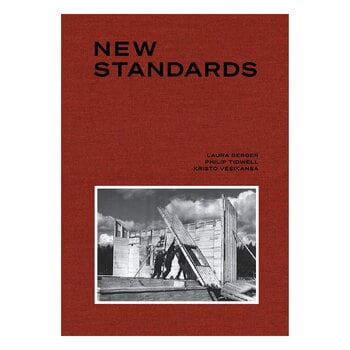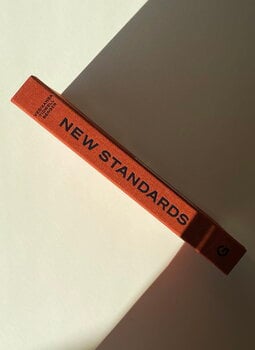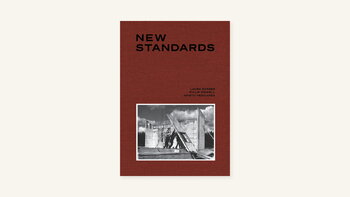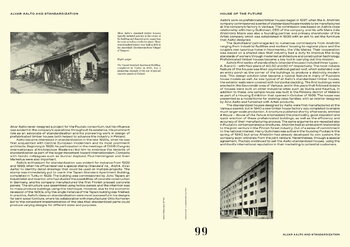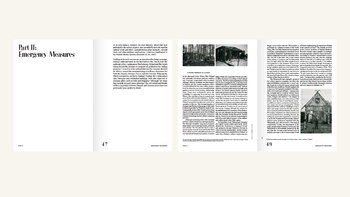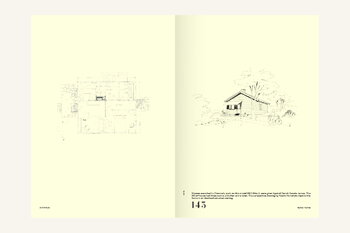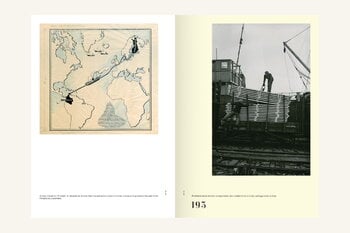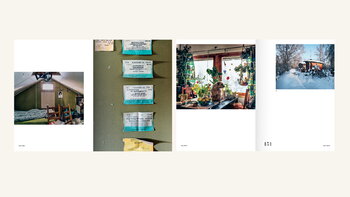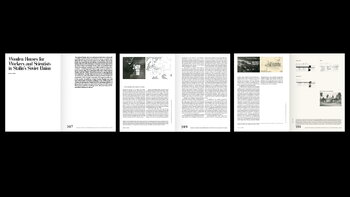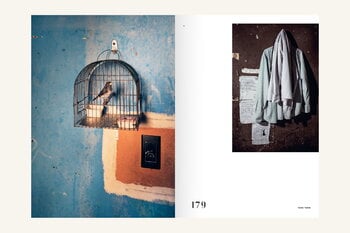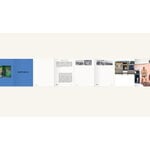New Standards: Timber Houses Ltd. 1940-1955 introduces you to post-war Finnish wood construction and the prefabricated houses by Puutalo Oy, which spread widely during the post-war reconstruction in Finland as well as other continents. A collaboration between architect Kristo Vesikansa, researcher Laura Berger and architect Philip Tidwell, the book examines the new wood construction standards that enabled such a wide-scale and efficient production, and provides interesting insight into the time of post-war reconstruction. The book was published by Garret Publications. The Finnish Book Art Committee chose it as one of the most beautiful books of 2021.
Standardization in building is frequently deplored as monotonous and boring, but it persists as a recurring dream for architects aiming to harness the power of industrial production.
New Standards examines the conditions that affect standard, industrial and manufactured buildings by revisiting a forgotten chapter of wood construction in post-war Finland. The story centers on the industrial enterprise Puutalo Oy (Timber Houses Ltd.), which was established in 1940 as part of Finland’s response to a refugee crisis brought about by war. In less than a decade, the company became one of the largest manufacturers of prefabricated wooden buildings in the war.
Tens of thousands of buildings were shipped from Finland to every inhabited continent, constructing a legacy of housing and urbanization that has been largely overlooked. Today, these wooden houses may be the nation’s most widespread architectural export. Situated at the intersection of architecture and industrial design, they use a limited range of components to achieve thousands of variations for different functional, climatic and cultural conditions.
The book offers a new perspective on this legacy through careful analysis these buildings and projects as they emerged from a rapidly changing political landscape. Commissioned essays examine the domestic legacy of the company and buildings, as well as sites of export such as the Stalinist Soviet Union and Cold War Berlin. These historical studies are complemented by contemporary images from acclaimed photographer Juuso Westerlund, which offer a view of buildings and residents in three neighborhoods today.
